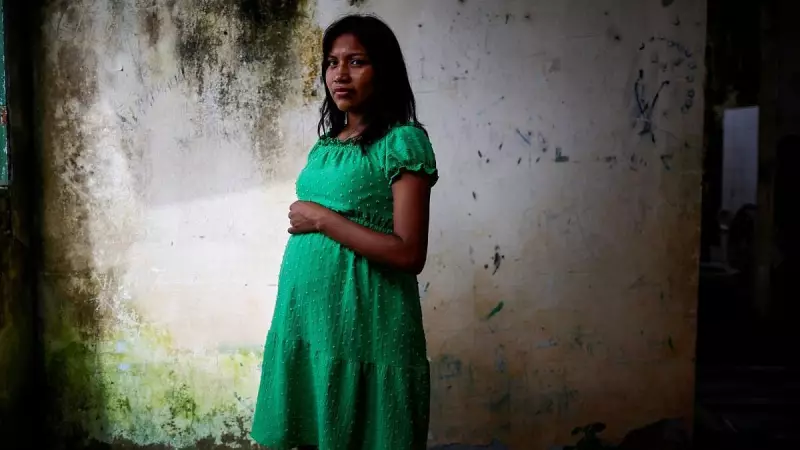
In a shocking revelation that exposes the human cost of environmental destruction, scientists are gathering compelling evidence linking illegal gold mining in the Amazon rainforest to a dramatic increase in severe disabilities among newborn babies. The research points to mercury contamination as the silent culprit behind this growing health catastrophe.
The Toxic Connection
Researchers have identified a disturbing pattern emerging from mining-affected regions, where mercury used in gold extraction processes is contaminating rivers and food chains. This potent neurotoxin is particularly devastating for developing fetuses and infants, causing irreversible damage to their nervous systems.
The scientific investigation focuses on the Yanomami Indigenous territory, where illegal mining operations have proliferated despite government efforts to curb the practice. Communities living downstream from these mining sites are showing alarming rates of children born with neurological disorders and physical disabilities.
How Mercury Reaches the Most Vulnerable
The contamination follows a deadly path through the ecosystem:
- Miners use mercury to separate gold from sediment, releasing toxic vapors and waste directly into rivers
- Mercury accumulates in fish, a dietary staple for riverside communities
- Pregnant women consuming contaminated fish pass the toxin to their developing babies
- Newborns suffer permanent neurological damage, vision problems, and motor skill deficiencies
Evidence Mounting Across the Amazon
Medical professionals and researchers report seeing children with symptoms consistent with mercury poisoning, including:
- Severe cognitive impairments
- Motor function disabilities
- Visual and hearing problems
- Growth retardation
"We're witnessing a public health emergency unfolding in slow motion," one researcher noted. "The consequences of this contamination will affect generations to come."
Government Response and Ongoing Challenges
While Brazilian authorities have launched operations to dismantle illegal mining camps, the vastness of the Amazon and economic pressures make complete eradication extremely challenging. Meanwhile, the health crisis continues to grow, with medical facilities in the region reporting increasing numbers of affected children.
The research team emphasizes that urgent action is needed on multiple fronts - from strengthening environmental enforcement to providing specialized medical care for affected communities and implementing comprehensive monitoring systems.
This emerging scientific evidence serves as a stark warning about the far-reaching consequences of environmental destruction, demonstrating how ecological damage directly translates into human suffering, with the most vulnerable members of society paying the highest price.





